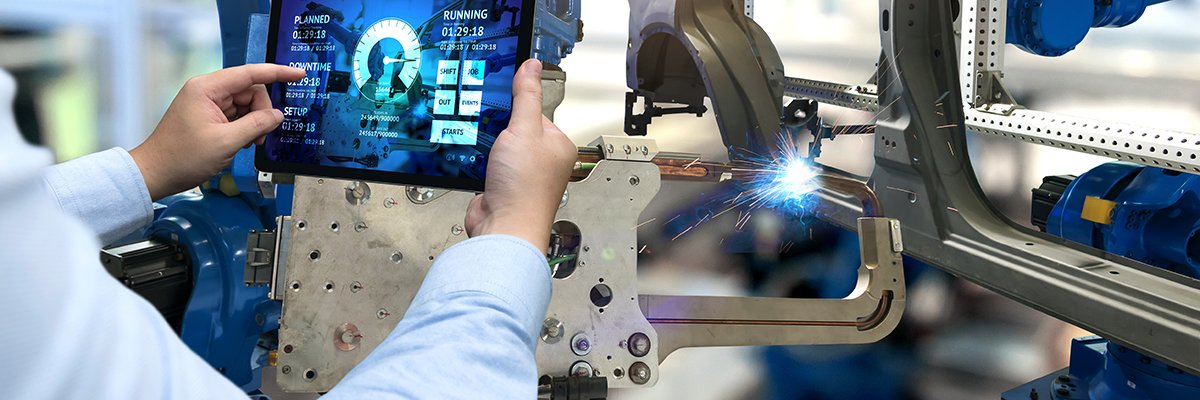
With 5G and LTE network deployment flourishing despite, or because of, the pandemic, the speed of internet of things (IoT) has accelerated in the past 18 months. However, research from Inmarsat has revealed that as many as three out of four businesses are struggling to deploy IoT projects because of connectivity challenges, creating a key barrier limiting the success of IoT projects.
The mobile satellite communications provider’s report, Industrial IoT in the time of Covid-19, was based on the interviews of 450 global respondents across the agriculture, electrical utilities, mining, oil and gas, and transport and logistics sectors.
For most businesses, the success of IoT projects hinges on connectivity being reliable, available and responsive enough to deliver actionable data at the right time and cost to deliver a strong return on investment.
Inmarsat noted that IoT was a network of networks, therefore reliable connectivity is essential for enabling business-critical IoT projects, particularly in some of the world’s remotest locations, where terrestrial connectivity, such as cellular or fibre, was either limited or non-existent. Yet according to the research, 75% of all businesses experienced connectivity challenges when trialling IoT projects and did not feel public terrestrial networks were completely suitable for their IoT needs.
When choosing IoT connectivity types in areas where terrestrial connectivity is lacking, respondents in the survey prioritised reliability (47%), security (42%) and network coverage (38%). This focus on reliability of IoT connectivity was found to be even more pronounced in Latin America (56%), as well as Russia and the Stans (65%), both regions with extensive remote territories with limited terrestrial connectivity, Inmarsat observed. None of the respondents in either region said public terrestrial networks were completely suitable for their IoT needs.
The survey also found that there was still a considerable amount of work to be done to improve IoT connectivity strategies overall, with only 37% of all organisations using some form of backup connectivity to continue collecting IoT data in remote areas away from terrestrial communications. The study also found a notable geographical variance in this regard. Only 10% of Latin American organisations and 25% of businesses in Russia and the Stans elect to use some form of backup connectivity when they cannot connect to their chosen connectivity type.
Encouragingly, though, four-fifths of all respondents agreed that since solving their IoT connectivity challenges, they had enjoyed much more success with their IoT projects. More than three-quarters (76%) agreed that satellite connectivity provides critical support to their organisation’s IoT communication networks.
Remarking upon the findings, Mike Carter, president of Inmarsat Enterprise, said it was clear that many businesses need to overcome these challenges to maximise their return on investment. “The fact that [respondents] also cite the limitations of public terrestrial networks as a barrier to the success of their IoT projects highlights the importance of reliable, secure and responsive connectivity for delivering the actionable, timely data they need to achieve their IoT ambitions,” he said.
“Dependable, flexible satellite communications play a key role in enabling IoT for businesses, allowing data to be collected, stored and analysed from anywhere on the planet, including far-flung sites well out of reach of terrestrial connectivity,” said Carter.
“Businesses are increasingly appreciating that data collected in the remotest areas is often the most valuable, as business-critical activities happen there. Whether running a remote farm in Brazil, a mining facility in Western Australia, or an oil well in the Arabian desert, there need not be holes in an organisation’s visibility of its operations,” he said.
“In addition, to produce highly accurate, near-real-time ‘digital twins’ of their global supply chains, businesses need to work with trusted connectivity partners to develop the most suitable IoT connectivity strategies.”

Comentarios recientes